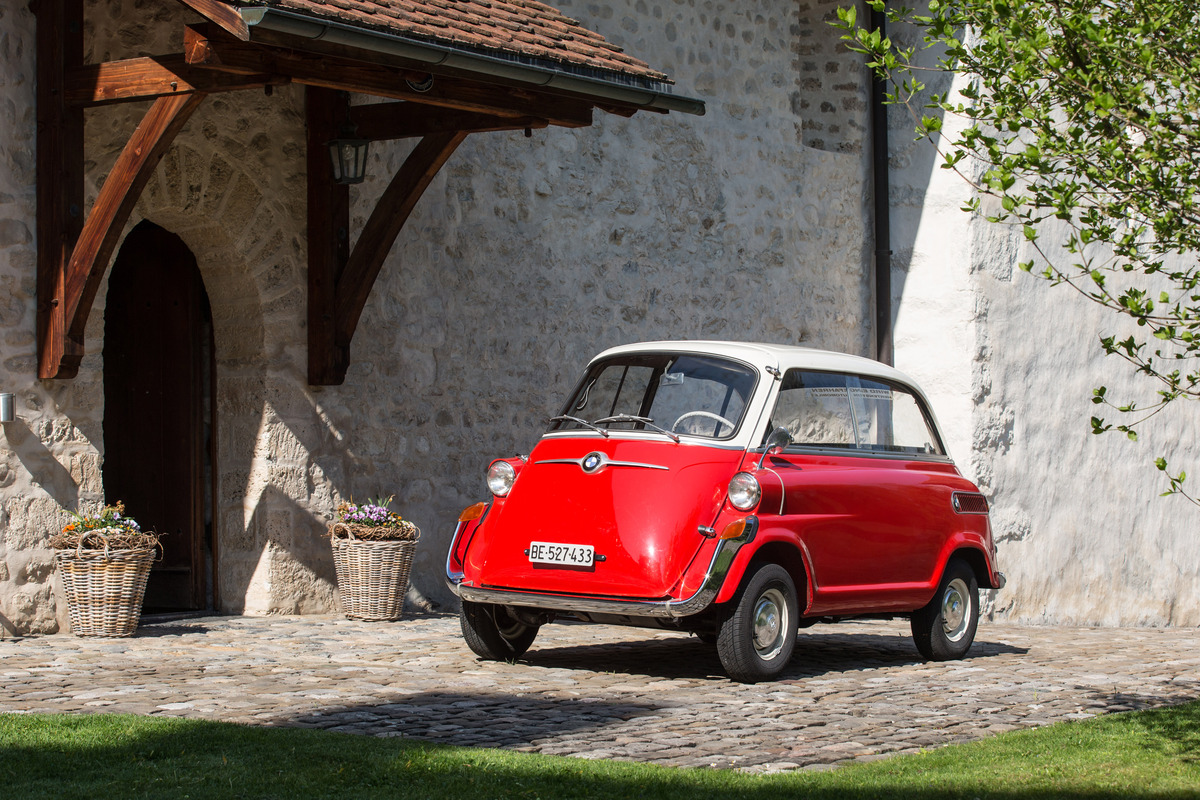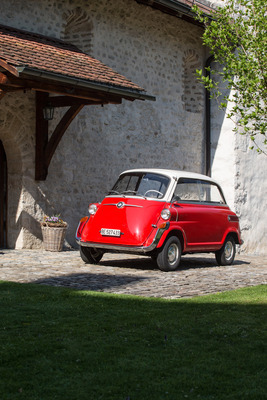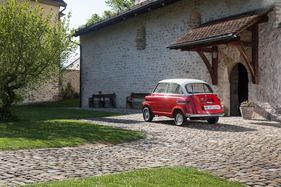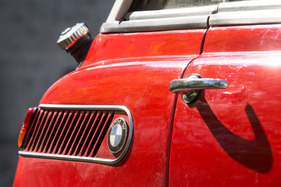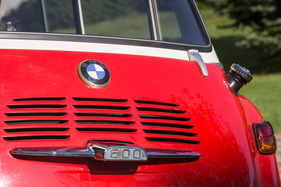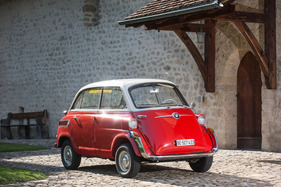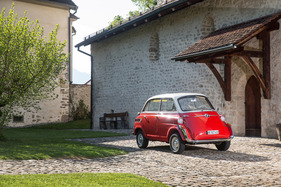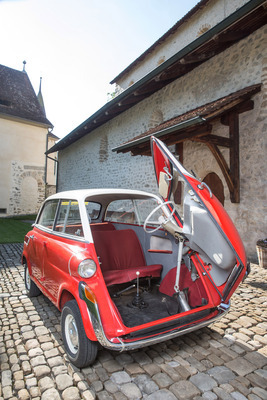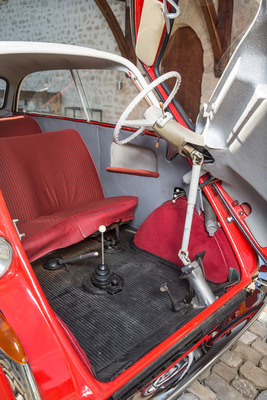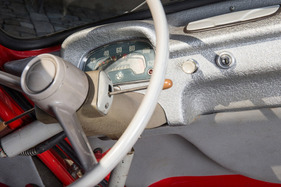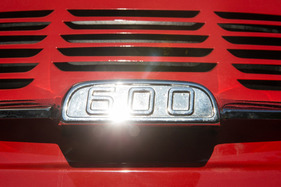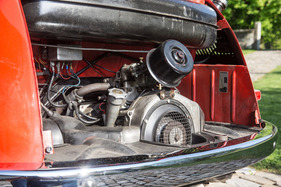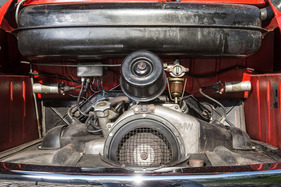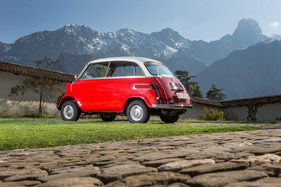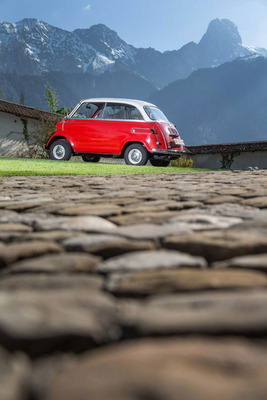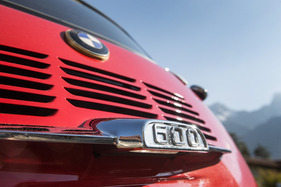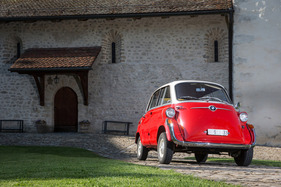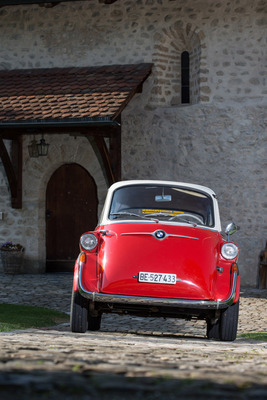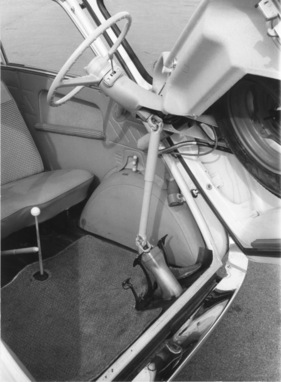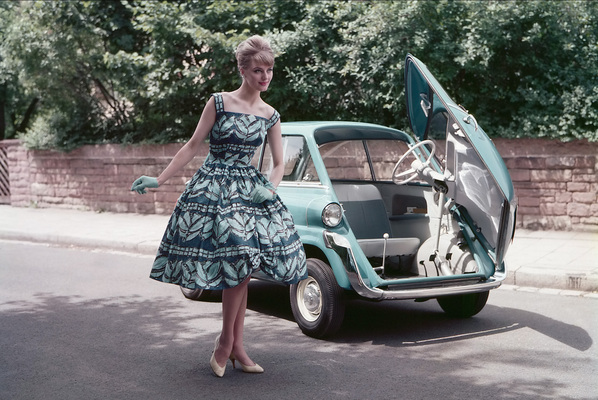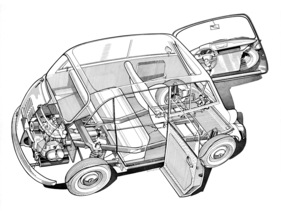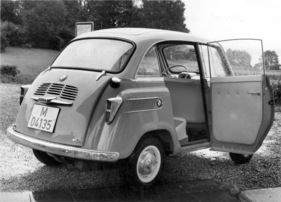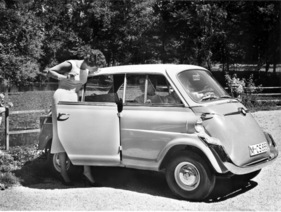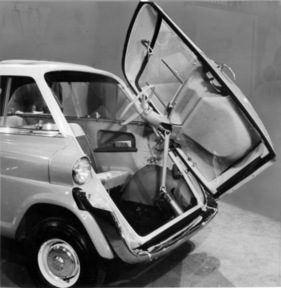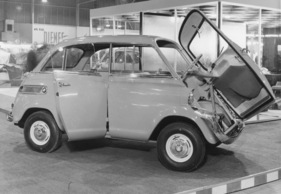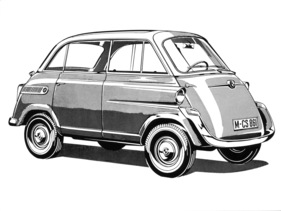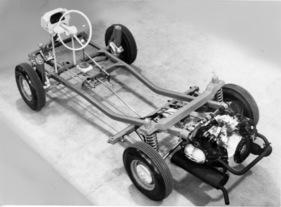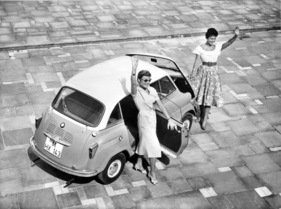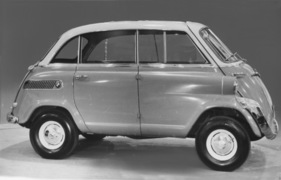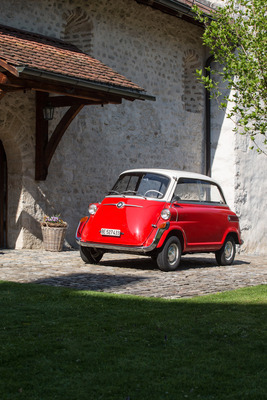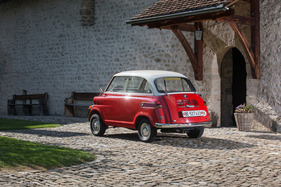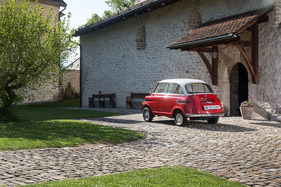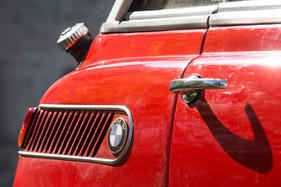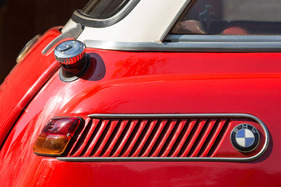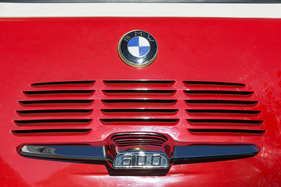BMW 600 - The double Isettchen
Summary
There was a huge gap in BMW's model range in the mid-fifties. Apart from clattering scooters and sinfully expensive luxury cars, the Munich-based company had nothing to offer. The BMW 600 was supposed to fill the gap with twice as many seats, twice as many doors and twice as much engine capacity as the Isetta. It was confusingly similar to its little sister - and failed miserably. A copy of a successful model does not guarantee a copy of success. We tell the story of the BMW 600 and show it in many pictures as well as in the original sales brochure.
This article contains the following chapters
- An annual salary loss
- An Isetta for the whole family
- High quality, but expensive
- Drives better than it looks
- No success despite a good start
Estimated reading time: 7min
Preview (beginning of the article)
After the war, things looked bleak for BMW. The former automobile plant in Eisenach had fallen into the hands of the Russian occupying forces. What was left of the former motorcycle plant in Munich-Milbertshofen was dismantled. A new start with a full range - even if it was just a refurbished pre-war model - like Mercedes-Benz, Opel or Ford was out of the question. So first the two-wheelers had to provide a sufficient financial cushion. When enough funds were finally available for a new passenger car at the beginning of the 1950s, the company abandoned all false modesty and decided to build up the product range from the top down: a luxury saloon based on the pre-war Type 326 was to bring money and prestige. When the BMW 501 made its debut at the IAA in Frankfurt in September 1951, it was greeted with enthusiasm by visitors - but in those austere times, there were few people who could afford a car for 15,150 German marks.
Continue reading this article for free?
Photos of this article

